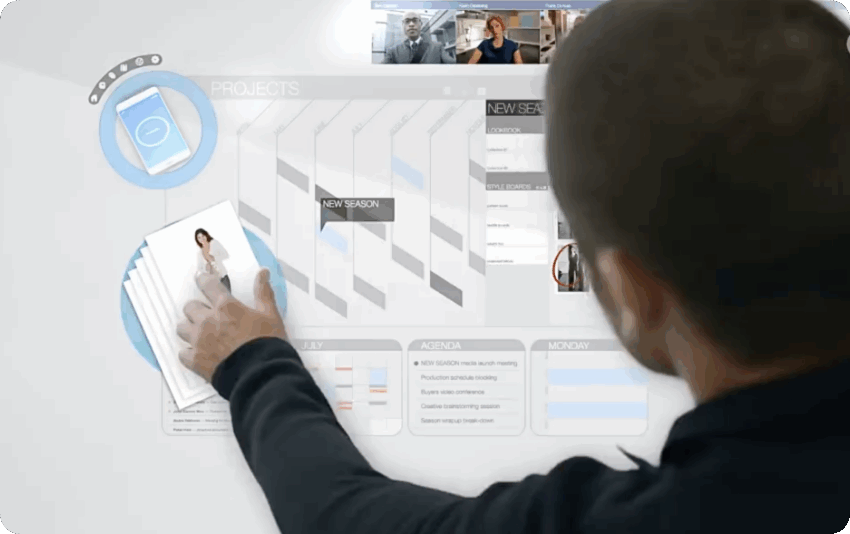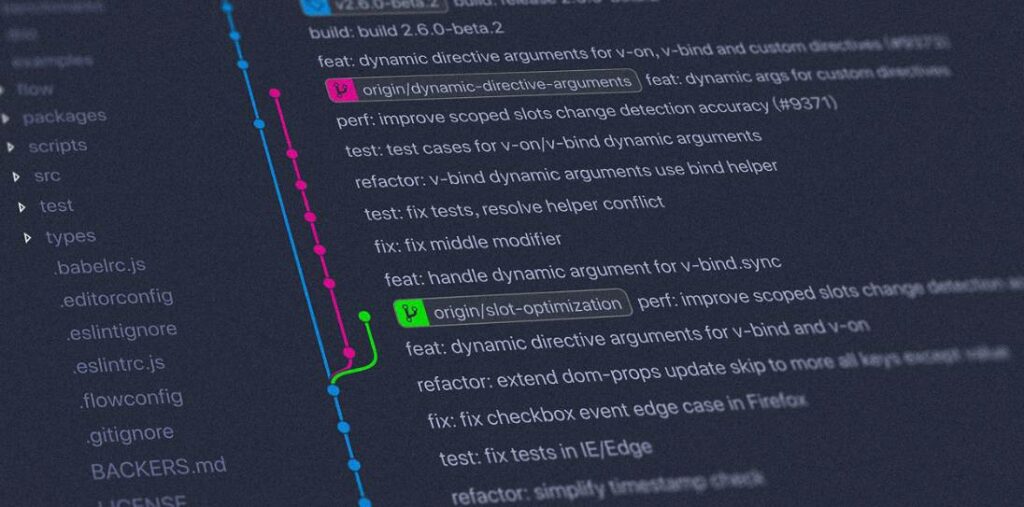In today’s fast-paced digital landscape, businesses are continually seeking innovative solutions to optimize their operations and drive productivity. The integration of multi-cloud strategies with artificial intelligence (AI) has emerged as a powerful approach to address these challenges. As organizations increasingly deploy AI for business optimization, the advent of GPT (Generative Pre-trained Transformer) language generation technology presents unparalleled opportunities for enhancing communication, decision-making, and customer engagement.
As companies navigate the complexity of multi-cloud environments, understanding the interplay between AI and cloud solutions becomes essential. This article will explore the latest trends and updates surrounding multi-cloud AI integration, highlight key industry applications and technical insights, and present compelling use cases to demonstrate the transformative potential of GPT language generation.
**Understanding Multi-Cloud AI Integration**
Multi-cloud strategies involve utilizing multiple cloud service providers to optimize flexibility, reduce risk, and enhance overall performance. Organizations recognize the advantages of leveraging various functionalities offered by different cloud environments, from public to private clouds. Integrating AI within these multi-cloud frameworks allows businesses to harness the vast computational resources and diverse AI capabilities offered by these platforms.
AI solutions are being developed to process and analyze massive datasets quickly, providing actionable insights that drive operational efficiency. According to a report by Gartner, by 2025, 70% of organizations will adopt a multi-cloud strategy to ensure data agility and operational flexibility (Gartner, 2021).
The integration of AI into multi-cloud architectures presents unique challenges, such as data governance, security, and interoperability. Nevertheless, organizations can unlock tremendous value by establishing seamless communication between cloud services and effectively utilizing AI algorithms to solve business problems.
**GPT Language Generation: Transforming Communication and Insights**
GPT language generation, pioneered by OpenAI, is a groundbreaking technology that employs machine learning to understand and generate human-like text. This model has evolved through several iterations, culminating in versions like GPT-3 and GPT-4, which have set new benchmarks for natural language processing.
The implications of GPT for businesses are profound. Companies can use GPT to automate content creation, customer support, and data analysis, resulting in significant time and cost savings. Furthermore, GPT can produce personalized communications at scale, enhancing customer engagement and satisfaction. As organizations adopt multi-cloud AI strategies, integrating GPT into their workflows can facilitate in-depth analysis, summarize complex information, and generate actionable reports.
Research from OpenAI suggests that businesses using AI for content generation have reported productivity increases of up to 40% (OpenAI, 2022). By amalgamating GPT with multi-cloud capabilities, companies can efficiently manage data from diverse sources while benefiting from the model’s ability to generate coherent and contextually relevant language outputs.
**Trends in AI for Business Optimization**
Across industries, organizations are increasingly deploying AI to optimize various aspects of their operations. One key trend is the use of machine learning algorithms to analyze customer behavior and tailor services accordingly. For example, retailers can leverage AI to predict inventory demands by analyzing purchasing trends and seasonal fluctuations, ensuring they remain agile in responding to market changes.
Moreover, AI’s role in decision-making is gaining traction, with businesses utilizing predictive analytics to assess risks and opportunities. For instance, financial institutions deploy AI algorithms to analyze market data and predict stock trends, enabling data-driven investment decisions.
Additionally, as remote work becomes a staple in corporate environments, AI is being employed to enhance collaborative workflows. Tools powered by GPT can document meetings, summarize discussions, and synthesize team feedback, ensuring that remote teams remain aligned and productive.
**Technical Insights into Multi-Cloud AI Integration**
Achieving effective multi-cloud AI integration requires a cohesive strategy that encompasses data management, security protocols, and machine learning lifecycle management. Organizations must prioritize interoperability, ensuring that AI models can access and share data across different cloud platforms. This includes implementing APIs and standardizing data formats to guarantee seamless communication and a unified workflow.
Data governance is another critical aspect of multi-cloud integration. Companies must develop robust frameworks to manage their data across multiple environments, adhering to compliance regulations while maintaining data integrity. Ensuring secure data transmission and storage across various platforms mitigates the risk of breaches and maintains customer trust.
Machine learning lifecycle management is vital for organizations deploying AI across multi-cloud settings. This encompasses model training, evaluation, and deployment, allowing businesses to adapt their AI solutions based on real-time feedback and data performance. Companies should invest in tools such as MLOps (Machine Learning Operations) to streamline and automate these processes.
**Industry Use Cases for Multi-Cloud AI Integration and GPT Language Generation**
To exemplify the practical applications of multi-cloud AI integration and GPT language generation, several industries are leveraging these technologies to their advantage:
1. **Healthcare**: In the healthcare sector, multi-cloud AI integration enables providers to analyze patient data from various sources, improving diagnosis and treatment planning. GPT language generation can automate patient interactions, providing timely medical advice and follow-ups while reducing administrative burdens on healthcare professionals.
2. **Finance**: Financial institutions utilize AI to monitor transactions and detect fraudulent activities in real-time. By integrated multi-cloud strategies, they can analyze financial data from various global branches quickly. Additionally, GPT can help generate personalized reports for clients, translating complex financial jargon into understandable terms.
3. **E-commerce**: E-commerce businesses are increasingly employing AI to analyze customer preferences and forecast trends. By integrating multi-cloud solutions, they can accumulate data from various platforms efficiently. Moreover, GPT language generation facilitates chatbots that provide personalized shopping experiences, enhancing customer satisfaction and boosting conversion rates.
4. **Marketing**: Marketing teams are harnessing AI to segment audiences and tailor campaigns. With multi-cloud capabilities, marketers can synchronize data across different channels to craft cohesive strategies. GPT can create compelling marketing content, from social media posts to email campaigns, enhancing brand communication.
**Conclusion: Bridging the Future of Technology with Business**
As organizations continue to explore the advantages of multi-cloud AI integration and GPT language generation, the future of business optimization appears increasingly promising. By embracing these technologies, companies can enhance decision-making, streamline operations, and ultimately deliver better customer experiences.
The transition towards a multi-cloud model equipped with sophisticated AI tools is not without its challenges. However, with proper planning, robust governance, and a keen understanding of the available technologies, businesses can successfully navigate this landscape.
In summary, the fusion of multi-cloud strategies with AI, particularly through the power of GPT language generation, is set to reshape industries, driving efficiency and innovation in ways we are only beginning to comprehend. Organizations that adapt to this evolving paradigm will undoubtedly hold a competitive edge in the dynamic business environment of the future.
**Sources:**
– Gartner (2021). *Predicts 2022: Cloud Computing*. [Accessed October 2023]
– OpenAI (2022). *Evaluating the Impact of AI on Business Operations*. [Accessed October 2023]




























